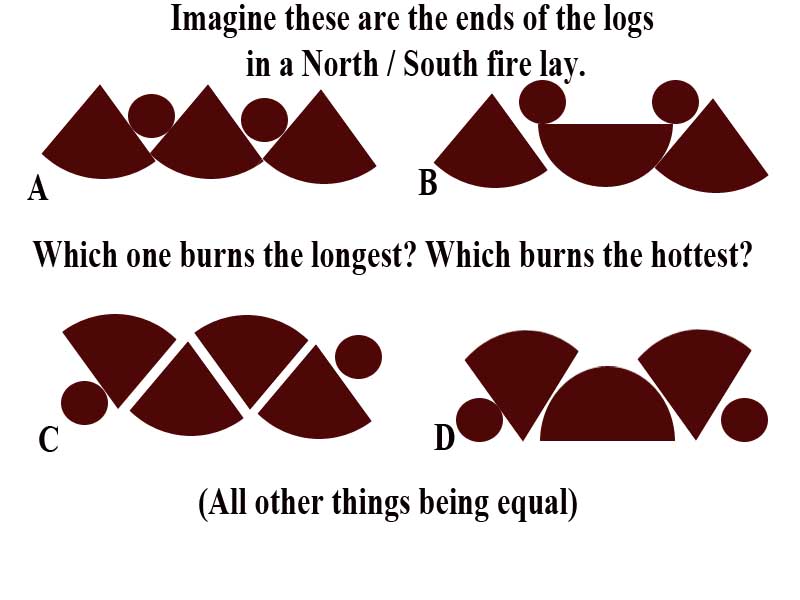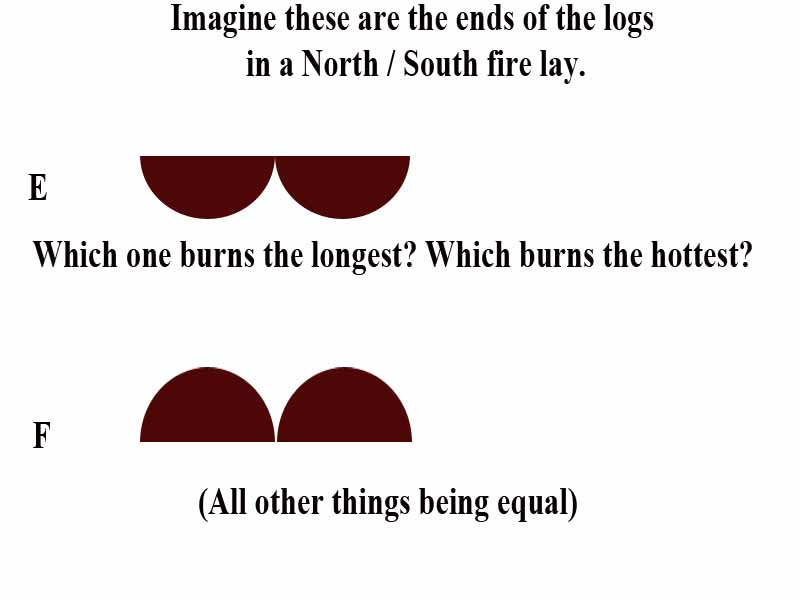Only posting this here because I mentioned it a little while ago and wanted your guys thoughts.
So now im doing 3 LARGE splits on the bottom and 3 average splits in top. This will get me a solid 5 hours of nice hot air out of the blower. About another hour of “reasonable” heat. And then another 2 hours of “OK” heat. The last 2 hours the air is definitely warm but not hot and the “auto” setting on the blower makes it kick on and off.
The stove will hold hot red cols for a good 12 hours that you can use to to start a fire when you get home.
How do they (manufacturer) determine 8 hours? Is it 8 hours that the blower stays on when it is on “auto mode”? If that is the case i see 8 hours easy. But i see a true 5 hours of really hot air. I find that reasonable.
Thoughts?
Sent from my iPhone using Tapatalk
So now im doing 3 LARGE splits on the bottom and 3 average splits in top. This will get me a solid 5 hours of nice hot air out of the blower. About another hour of “reasonable” heat. And then another 2 hours of “OK” heat. The last 2 hours the air is definitely warm but not hot and the “auto” setting on the blower makes it kick on and off.
The stove will hold hot red cols for a good 12 hours that you can use to to start a fire when you get home.
How do they (manufacturer) determine 8 hours? Is it 8 hours that the blower stays on when it is on “auto mode”? If that is the case i see 8 hours easy. But i see a true 5 hours of really hot air. I find that reasonable.
Thoughts?
Sent from my iPhone using Tapatalk





























































